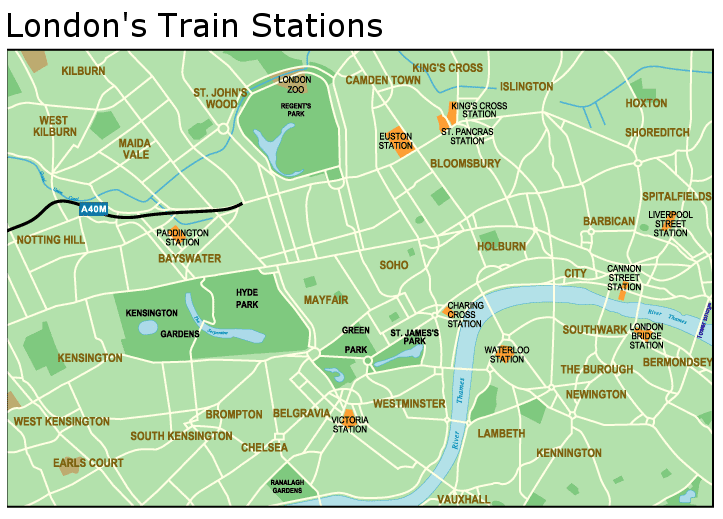A fairly detailed explanation can be found here, and a sophistry-filled one is here.
Not long ago I posted here about cubist portraits and how various artists followed Analytical Cubism to various degrees. The present post looks at that breed of Cubism from a slightly different angle. (Hmm -- I seem to be getting swept up into this multiple perspectives notion.)
My contention is that hard-core Analytical Cubism paintings are constructed (presumably against the artist's intent to more fully reveal the subject) so as to make it impossible (or nearly so) for a naïve viewer to identify the painting's subject. That is, the artist presumably knew what steps he was taking to disassemble the subject into parts seen from different perspectives along with what steps he used to rearrange those parts on the canvas. But that naïve viewer would have little or nothing available to allow him to visually reverse that process.
Which leads to a brief discussion of titles of paintings. Purely abstract paintings don't really need titles because they are fundamentally simply decorations. As for representational art, titles can be avoided for still life paintings. Landscape paintings are something of a gray area. They don't absolutely need titles because a viewer can simply think "Oh, what a lovely mountain scene" or whatever the subject. But it can be useful for some viewers to have a title to identify, in this case, what mountain is depicted. Portraits are similar in that in some respects the viewer doesn't need to know the name of the subject, particularly if the subject was simply a model somewhat arbitrarily chosen by the artist. But where the subject has any degree of notoriety or fame, a title is probably necessary for distant future viewers somewhat ignorant of the milieu at the time the work was painted. (How many people today could recognize an image of Robespierre on sight, famous though he once was.) Similar things might be said regarding historical or religious scenes: to the extent viewers are ignorant of the subject, titles are necessary.
Due to the process of making an Analytical Cubist painting and the difficulty of discerning the subject unaided, titles are essential to provide the viewer with a clue as to how to reverse-engineer the painting. I am not sure how many viewers actually do try to figure out where all those fragments came from, and from which viewpoint. Generally speaking, for practical purposes Analytical Cubist works come very close to being abstract decorations.
Now for some fun. Below are several such paintings by Picasso. I didn't provide title captions. Can you correctly guess that subjects of those paintings that are not familiar to you? I'll post the titles in a comment later in the day this appears, so you'll know.



















































